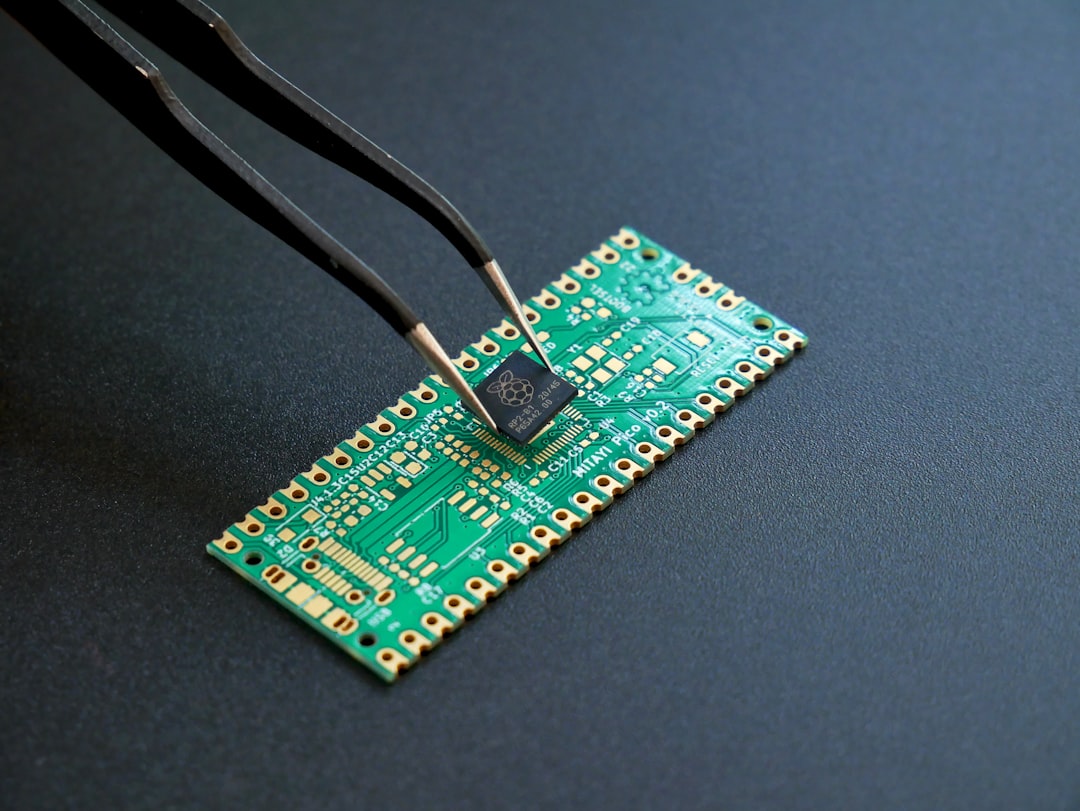
Real-Time Data Monitoring via Smart Sockets and Blockchain Technology
In today’s fast-paced digital landscape, Real-Time Data Monitoring has become vital for businesses seeking to optimize operations and enhance decision-making. The integration of Smart Sockets and Blockchain Technology is revolutionizing how data is collected, monitored, and secured. This article delves into the intersection of these technologies, exploring current developments, practical applications, and future trends.
Understanding Smart Sockets
Smart sockets are advanced electrical outlets that enable users to monitor and control their electrical devices remotely. These sockets are equipped with sensors, which track power usage, energy consumption, and device status. They communicate data in real-time, allowing for quick adjustments and insights.
Key Features of Smart Sockets
- Remote Monitoring: Users can access real-time data via mobile apps or web interfaces.
- Energy Management: Smart sockets help in reducing energy waste by providing insights into consumption patterns.
- Automation: They can be programmed to turn devices on/off based on specific conditions or schedules.
The Role of Blockchain Technology
Blockchain Technology provides a decentralized and secure way to store and transfer data. By utilizing blockchain, businesses can ensure that the data collected from smart sockets is tamper-proof, transparent, and auditable.
Benefits of Blockchain in Real-Time Data Monitoring
- Data Integrity: Blockchain ensures that data is immutable, preventing unauthorized changes.
- Transparency: Stakeholders can access the same data, fostering trust and collaboration.
- Enhanced Security: Blockchain’s encryption protects sensitive data from cyber threats.
Current Developments in Real-Time Data Monitoring
Recent advancements have seen an increase in the adoption of smart sockets in various sectors, including residential, commercial, and industrial applications. Companies are leveraging these technologies to gather insights that drive efficiency and sustainability.
Case Study: Smart Cities
In smart city projects, the integration of smart sockets and blockchain technology is helping municipalities monitor energy usage in public spaces. For instance, smart street lights equipped with sensors can report real-time data on energy consumption, which is then recorded on a blockchain for transparency and accountability.
Emerging Trends
- IoT Integration: The Internet of Things (IoT) is facilitating the connection of smart sockets with other devices, creating a holistic monitoring ecosystem.
- AI-Driven Analytics: The combination of AI with smart sockets allows for predictive analytics, helping businesses to forecast energy needs and prevent outages.
- Decentralized Autonomous Organizations (DAOs): These organizations leverage blockchain for governance, enabling community-driven energy management solutions powered by real-time data.
Practical Applications of Smart Sockets and Blockchain
Energy Sector
Smart sockets can optimize energy distribution in smart grids by providing real-time data on consumption patterns. Blockchain can record this data, ensuring that energy transactions are transparent and verifiable.
Healthcare
In healthcare, smart sockets can monitor medical devices, ensuring they operate efficiently. Blockchain can provide a secure chain of custody for sensitive patient data, enhancing compliance with regulations like HIPAA.
Expert Opinions
According to Dr. Jane Smith, a leading expert in smart technology, “The combination of smart sockets and blockchain technology will not only streamline operations but also redefine how we approach data security and management.”
Further Reading and Resources
For those interested in exploring these technologies further, here are some recommended resources:
- Smart Sockets: The Future of Energy Management
- Blockchain Technology in the Energy Sector
- Comprehensive Guide to IoT and Smart Homes
Glossary of Terms
- Smart Socket: An internet-connected outlet that allows remote control and monitoring of electrical devices.
- Blockchain: A decentralized digital ledger that records transactions across many computers securely.
- IoT (Internet of Things): The network of physical devices connected to the internet that can collect and exchange data.
By embracing the synergy between smart sockets and blockchain technology, organizations can achieve unprecedented levels of efficiency, security, and transparency in real-time data monitoring. As we advance, the integration of these technologies will likely open new avenues for innovation and sustainable practices.
If you found this article helpful, consider subscribing to our newsletter for more insights on emerging technologies. Feel free to share this article with others interested in the future of data monitoring!


